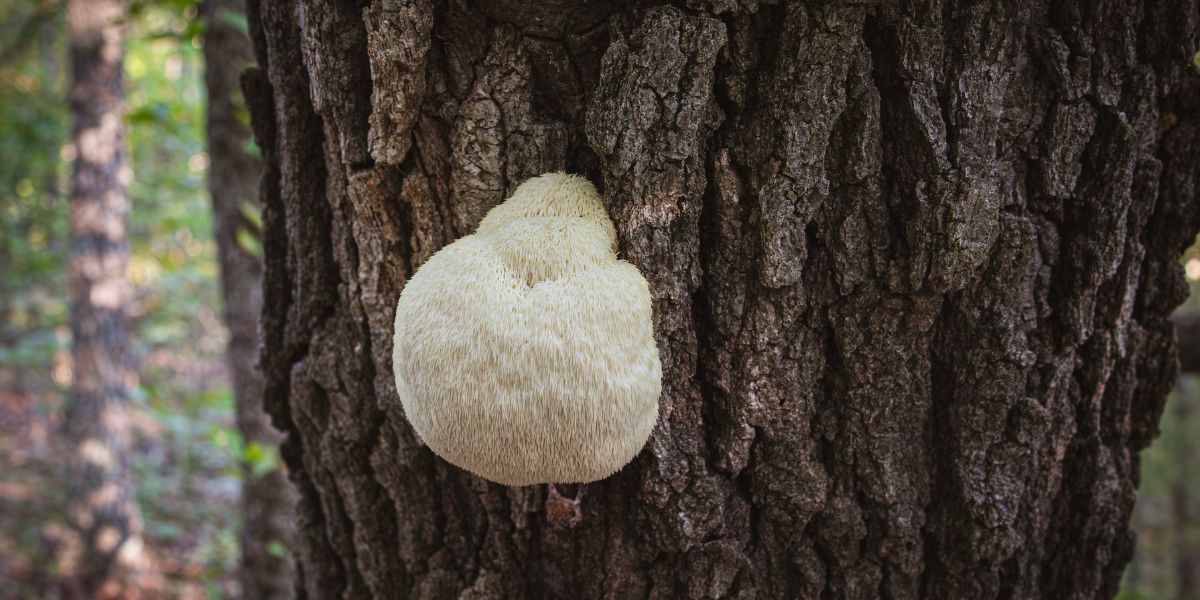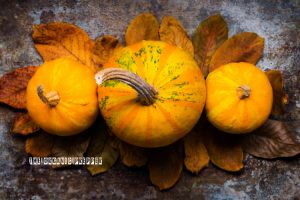Nothing catches the eye quite like lion’s mane.
As autumn reaches frosted fingertips across the forest, this spectral snow-white mushroom awakens in a spectacular display of toothy alabaster floes.
But lion’s mane is more than just a pretty face. It’s a delicious, nutritious, and highly medicinal mycological powerhouse coveted by foragers across the nation.
Unfortunately, it isn’t exactly common. If you want to increase your chances of successfully foraging lion’s mane mushroom, it’s essential to learn more about its identifying features and common look-alikes that could trip you up in the field.
How to Identify Lion’s Mane Mushroom
Lion’s mane seems like a pretty bold common name for the Latin Hericium erinaceus, which means “hedgehog.” But once you see lion’s mane, it’s easy to discern why both could be considered apt titles.
A ball of spines tapering down to drooping teeth, this mushroom is both adorable and slightly ferocious. Its unique appearance makes it a relatively safe and easy mushroom to identify.
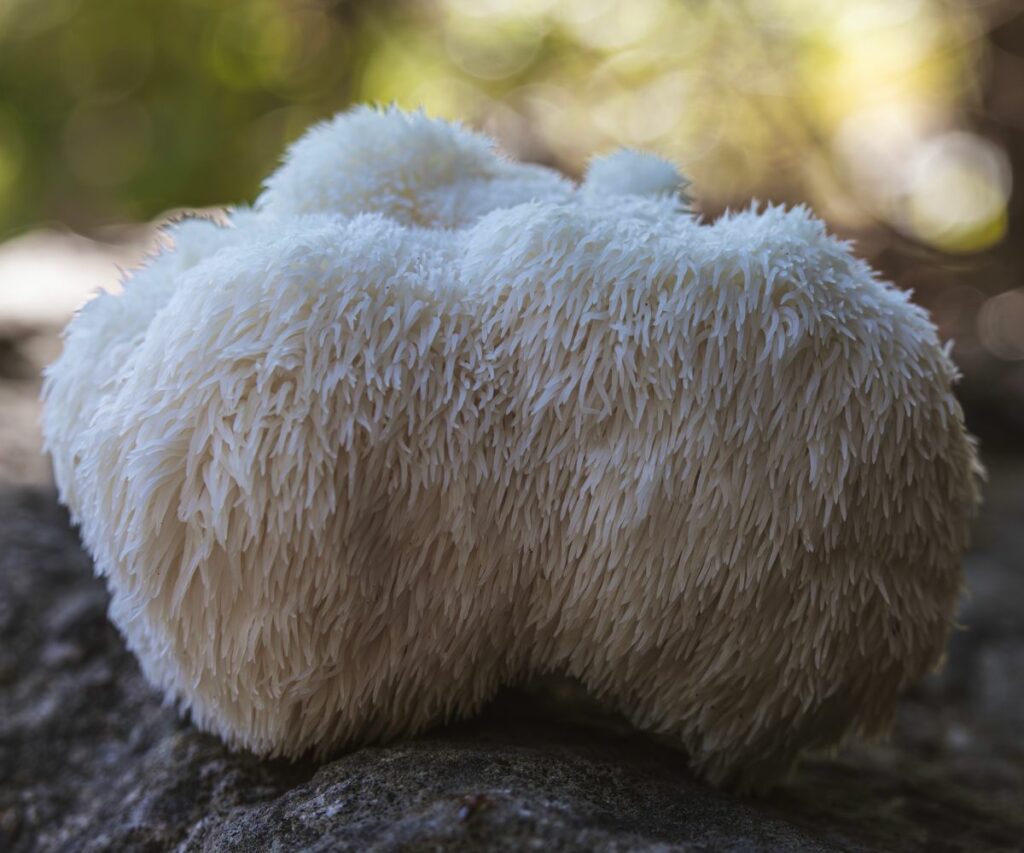
Appearance
Lion’s mane mushroom is a shaggy white orb suspended boldly against a landscape of rich red and yellow autumn hues. Specimens can grow over a foot across, though many remain a more modest seven to ten inches. Rarely I see lion’s mane that reaches peak prime at only two or three inches.
Like the puffball mushroom, lion’s mane has no distinct cap, stem, or pore surface. It has hundreds of individual tooth-like fronds that sprout from a single, hidden basal stump.
Once you spot something white in the forest, approach it with caution and examine the following characteristics to make sure it is a true lion’s mane:
- Body: Lion’s mane first appears as a single globular structure but sprouts a mass of tiny, individual teeth within a few days. Because these teeth grow close together, they still resemble a single mass when viewed from afar. The shape varies depending on growth conditions but is usually spherical or round. Some have several bursts of growth and appear as a ball with additional protrusions.
- Spines: Get up close and personal to examine the individual teeth. They might stand straight out on very young specimens but droop downward as the mushroom ages. The teeth seem to flow together in the same direction, usually reaching one-third of an inch long. They are white at prime but become yellow with age.
- Flesh: Lion’s mane flesh is pure white, and the structure looks a bit like a cauliflower when you cut it open. Though the flesh initially appears solid, you can tell it’s made of multiple mycelial fronds upon close examination. These are white but may appear slightly translucent.
- Pore surface: Lion’s mane is technically a polypore like chicken of the woods, but its pore surface is not discernible to the naked eye.
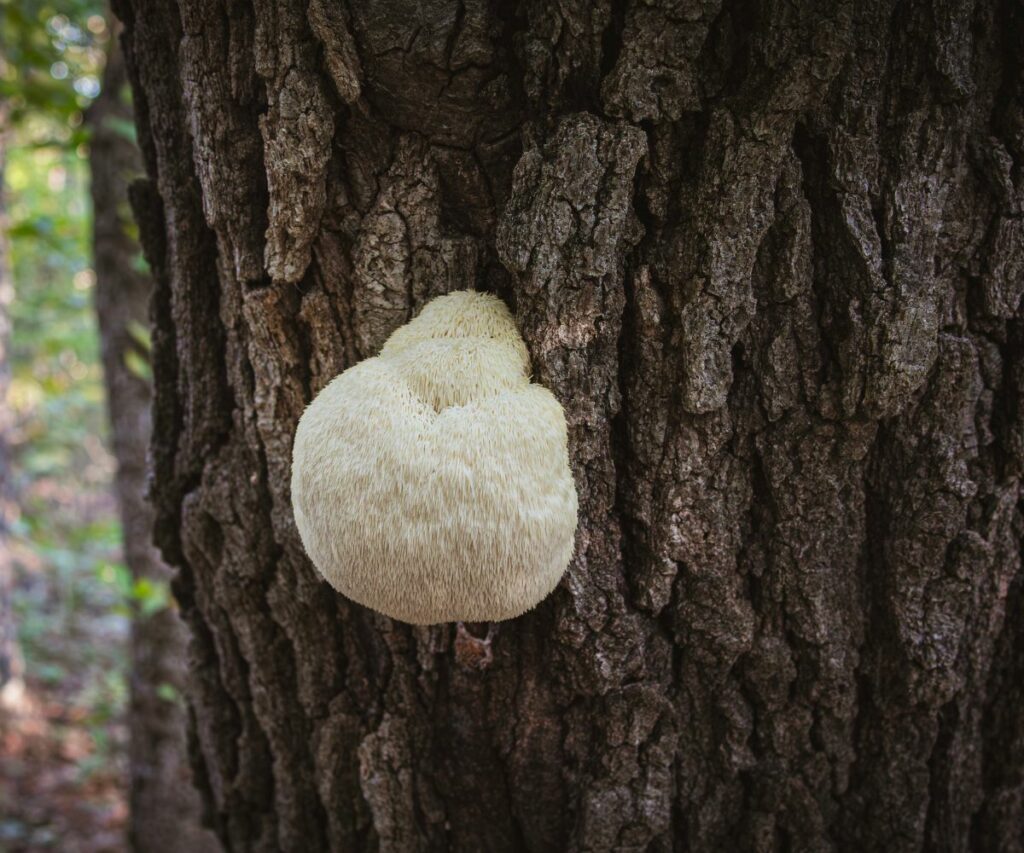
Species Variation
There are two additional Hericium species you might run into while foraging for lion’s mane. Both have snow-white spine structures of some kind and are delicious.
- H. americanum: Also known as bear’s head tooth, this species looks nearly identical to lion’s mane mushroom. However, its fruiting body is often branched at the basal stump, giving the appearance of multiple white bulges rather than a smoother spherical shape. Its teeth tend to be much longer, and its body is rather lumpy.
- H. coralloides: This species is commonly called coral tooth fungus because of its remarkable resemblance to hard, branching coral. Rather than a single mass of drooping teeth, coral tooth spines separate near the base. They form distinct branches with sharp-looking tips that radiate upwards and out.
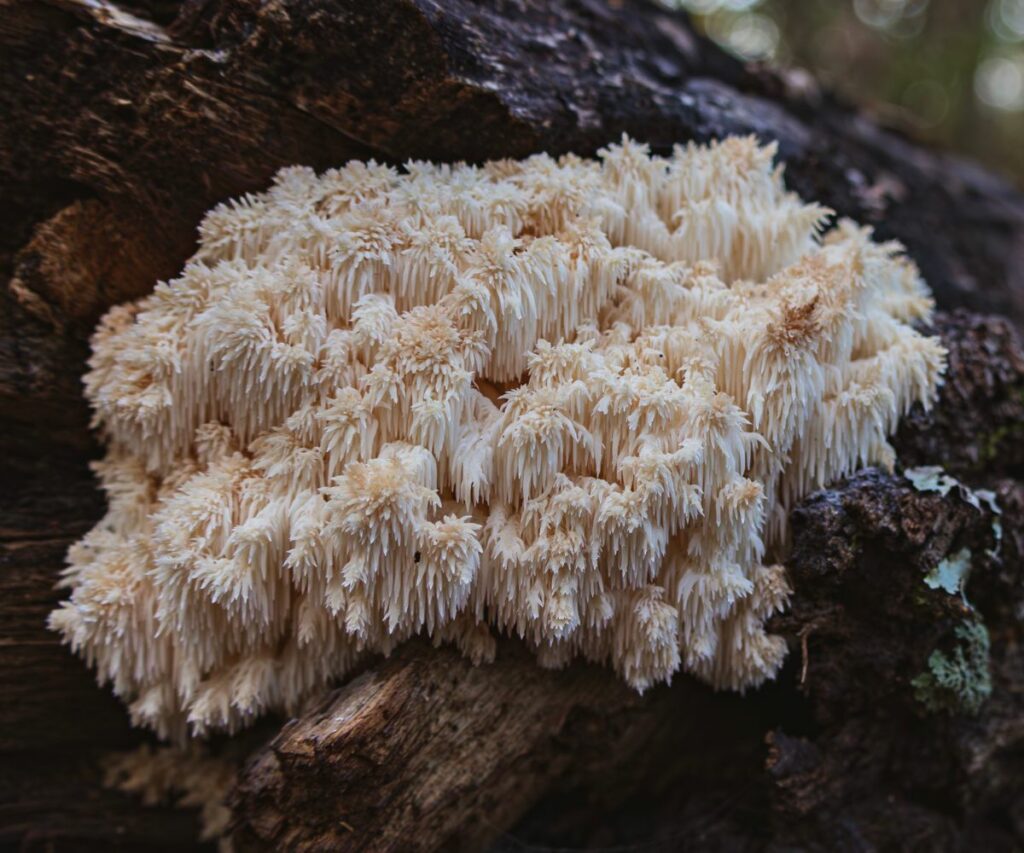
Texture, Taste, and Smell
Many consider chanterelle mushrooms the most fragrant fungi in the forest, but I beg to differ. Lion’s mane has a farther reach, and I often catch a whiff long before I see the actual fungus. It smells fruity, rich, and sweet.
The flesh is soft and easy to break apart with your fingers — I usually just tear it into pieces when cooking or dehydrating a large flush. The texture is spongy and springs back when you press down on it. Because it soaks up so much water, washing lion’s mane is usually a bad idea. If you must wash it, wring it out thoroughly afterward.
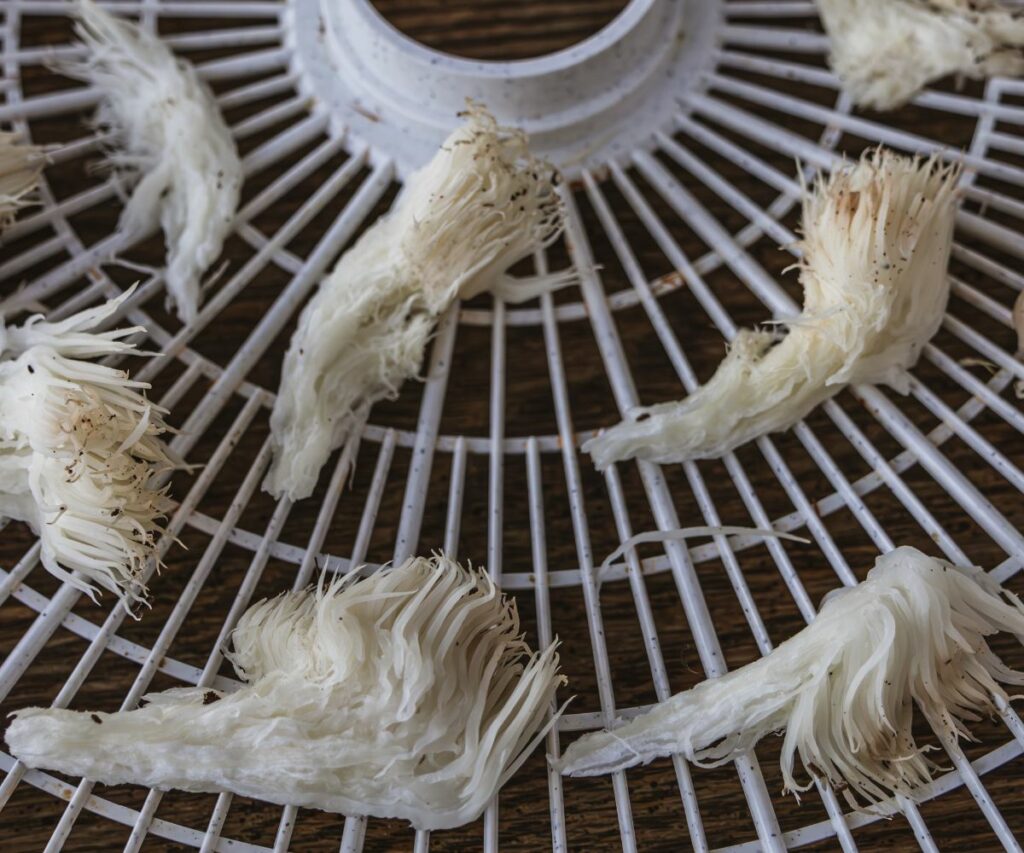
Once cooked, lion’s mane is delicate and tender with a mildly sweet essence. Its texture resembles lobster or scallops, and many use lion’s mane as a substitute for seafood in crab cakes and pasta dishes. It soaks up seasonings incredibly well and is also an excellent choice for mushroom jerky or stir-fries.
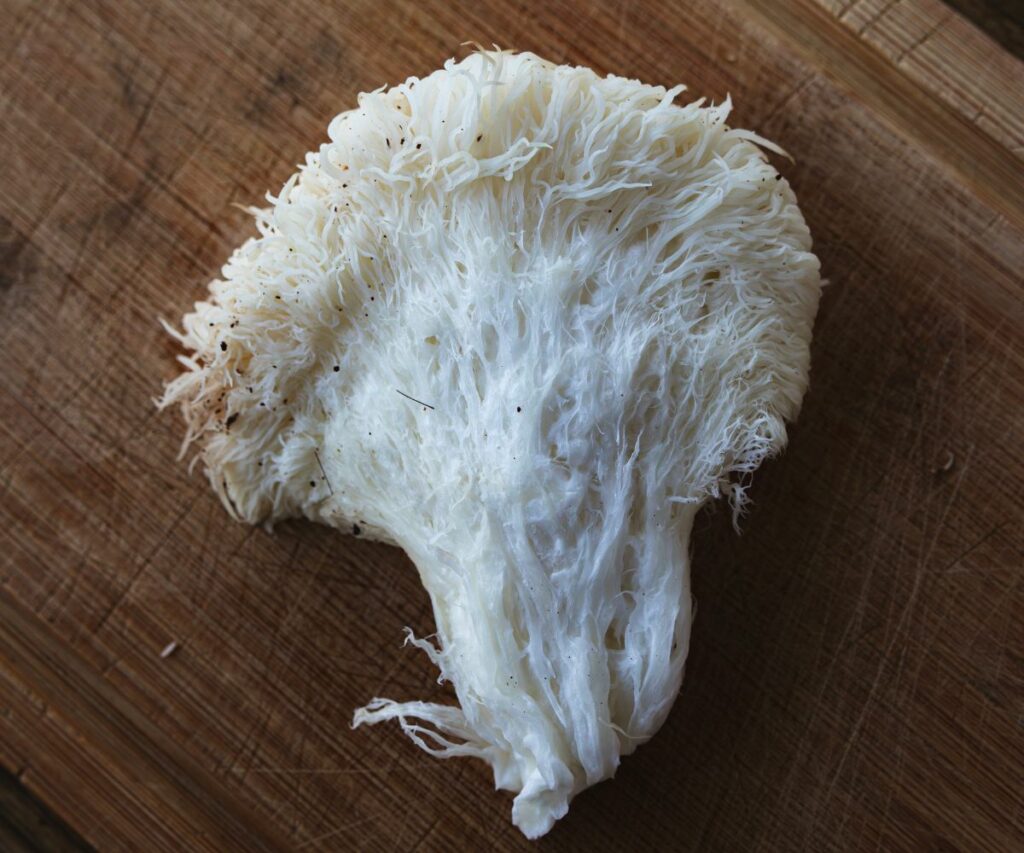
Habitat
Lion’s mane is nothing if not versatile. It has a wide range, with species growing throughout North America, Europe, and Asia. It’s worth noting that the fungus seems to be much rarer in Europe than in the US and is considered endangered in some places. In the UK, it is protected under the Wildlife and Countryside Act of 1981 and is illegal to forage.
Lion’s mane mushroom can be a saprophytic decomposer that derives sustenance from deadwood, or it can be a parasitic vampire that sucks the life from living trees still struggling for survival. It grows only on hardwood trees, preferring beech, maple, and oak.
This mushroom populates old-growth forests where trees have time to strengthen and grow tall before they rot and die. However, lucky foragers might find them in solitary tree stands or spot them from the car window as they pass by a forest.
Season
Lion’s mane is a delicious indication that autumn has arrived. It might appear as early as August in northern states, while more southern climes won’t see it until September or October. It fruits throughout the fall, usually beginning to show more prolifically after periods of rain.
Despite its relative rarity, lion’s mane mushroom is a resilient and frost-resistant fungus. It can potentially fruit throughout winter and persist into early spring, so don’t abandon all hope once the snow starts falling. Your honey holes might still be hotspots!
Growth Habits
Unlike reishi mushrooms that last for weeks when fully mature, lion’s mane reaches prime in a week or less and holds for just a few days. It doesn’t last very long, so foragers must keep their eyes peeled and visit known honey-holes often.
The flip side is that lion’s mane mushroom often fruits on the same tree for years and can occasionally flush multiple times in a single season. It’s a highly competitive species, and there isn’t much hope of other shrooms crowding it out.
Can’t seem to find lion’s mane in your area? Look to the treetops. This fungus is unique because it can grow on any part of the tree, not just near the base like most large polypores. It proliferates high in sick branches, especially where the tree is wounded.
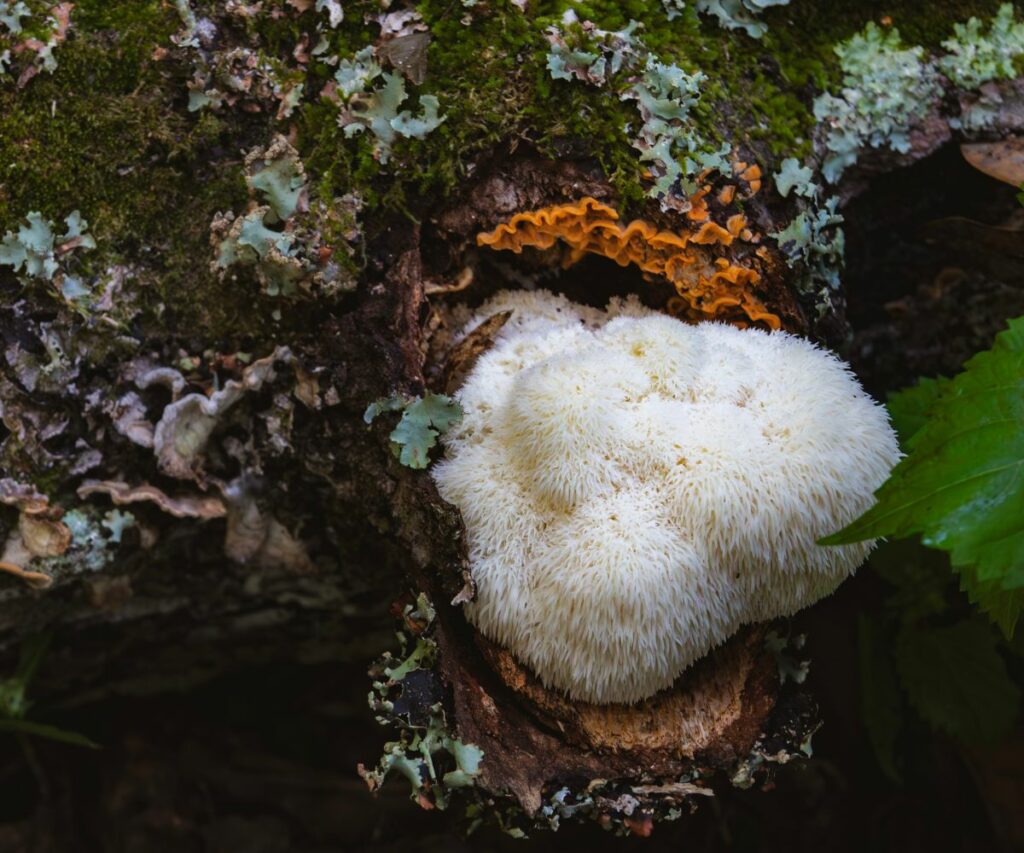
Lion’s Mane Mushroom ID Checklist
- White fruiting body
- Long hair-like or tooth-like spines
- Growing in fall or winter
- Growing on hardwood
- Sweet scent
- Growing on deadwood, sick wood, or tree wounds
Recognizing Common Look-Alikes
In addition to other members of the Hericium family, lion’s mane mushroom has two common look-alikes that could trip you up.
Puffball Species
Certain puffballs can look similar to young lion’s mane. The spiked puffball, or Lycoperdon echinatum, bears a striking resemblance because of its spines, round shape, and snow-white color. However, these shrooms usually stay tiny, whereas lion’s mane grows large. You can find spiked puffballs on the ground or in the trees, while lion’s mane mushroom always grows from trees.
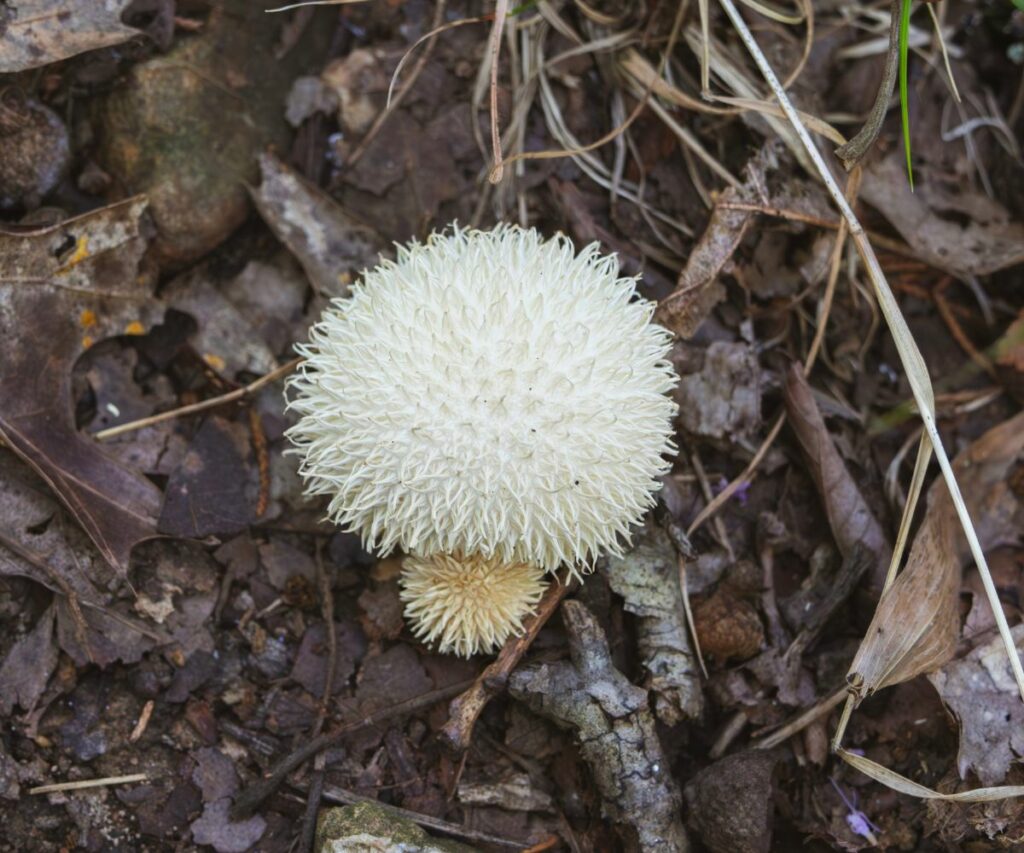
Larger puffballs, like the sculptured puffball, grow just as big as lion’s mane. However, they usually lack distinctive spines resembling Hericium species. If you’re confused, pay attention to the season. Puffballs appear in early fall and never persist into winter past the first freezes.
Still in doubt? The texture and flesh will set you straight. Puffballs have solid, pillowy white flesh inside. They are much spongier and lighter than lion’s mane, and even the textured varieties don’t have the meaty teeth that make H. erinaceus so unique.
If you find it: Harvest and enjoy! Puffballs are edible and make a delicious addition to a fall foraging basket.
White Coral Mushroom
Also known as Clavulina cristata, the white coral fungus grows from downed logs and forms distinct branches with crown-like tips. It is white, delicate, and frosty, appearing more like H. coralloides than H. erinaceus, though a novice may be unable to tell the difference.
White coral has thinner branches and appears less substantial than lion’s mane mushroom. However, it is more rigid and woodier when handled. It lacks a sweet smell and even smells slightly peppery, though not unpleasant. The big giveaway with white coral is that it grows mainly on conifers and appears in the late summer and early fall, while lion’s mane grows on hardwoods and favors late fall and winter weather.
If you find it: Proceed with caution. While white coral is edible, it resembles other nonedible coral fungi and potentially toxic Ramaria species.
Ready for some fall foraging? It’s time to get outside! Now that you know how to identify lion’s mane mushrooms, you’ll be able to stock your cold-weather larders with delicious fungi for years to come.







